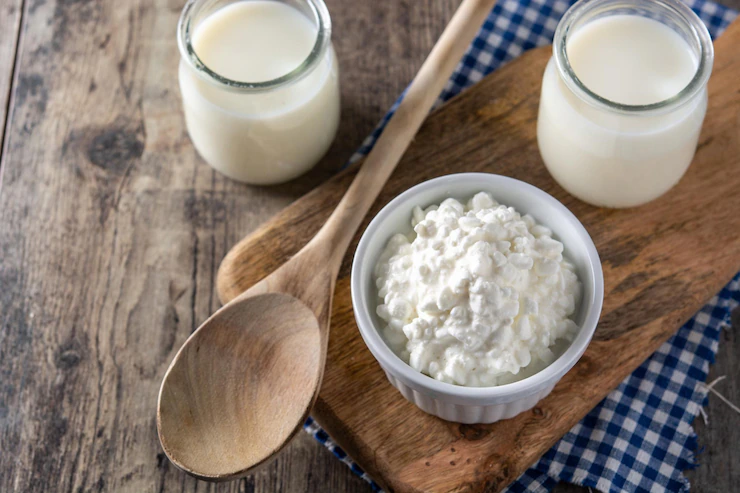Dairy processing in South Africa involves a series of steps that transform raw milk from farms into various dairy products. Let’s take a journey through the process, from the farm to the final dairy products:
- Milk Production on Farms: Dairy farming is the initial stage of the dairy processing journey. Milk is produced by cows on dairy farms across South Africa. Farmers ensure the cows are well-fed, healthy, and properly milked. The milk is collected in bulk tanks on the farm.
- Milk Collection: Once the milk is ready, it is collected by milk haulers who transport it to the dairy processing facilities. The milk haulers follow strict hygiene standards and use refrigerated trucks to maintain the freshness and quality of the milk during transportation.
- Milk Reception at Dairy Processing Plants: At the dairy processing plants, the collected milk is carefully tested and checked for quality. Samples are taken for analysis to ensure the milk meets regulatory standards. Upon passing the tests, the milk is accepted and moves to the processing stage.
- Milk Processing: The milk is processed in various ways, depending on the intended dairy products. Here are a few common processing steps:a. Pasteurization: Milk is heated at a specific temperature for a set duration to eliminate harmful bacteria while retaining its nutritional value.b. Homogenization: This process breaks down the fat globules in milk, ensuring a consistent texture and preventing cream separation.c. Separation: Milk can be separated into cream and skim milk, which are used to produce different dairy products.d. Standardization: Adjusting the fat content of milk to meet specific product requirements.
- Dairy Product Manufacturing: Once the milk has been processed, it moves on to the production of various dairy products. Here are some examples:a. Cheese: The processed milk can be turned into cheese through curdling, pressing, and aging processes.b. Butter: Cream is separated from the milk and churned to produce butter. Additional steps, such as washing and packaging, may follow.c. Yoghurt: Fermentation of milk with the addition of bacterial cultures produces yoghurt. Flavorings, fruits, or sweeteners may be added.d. Milk Powders: Milk can be evaporated and dried to produce milk powders like skim milk powder or full cream milk powder.e. Ice Cream: Mixing milk, cream, sugar, and flavorings and freezing the mixture produces ice cream.
- Packaging and Distribution: The dairy products are packaged in various forms, such as bottles, cartons, tubs, or bags, depending on the product type. Proper labeling and expiry dates are added to the packages. The packaged dairy products are then distributed to various retailers, supermarkets, and food service providers across South Africa.
- Retail Sale and Consumption: Finally, the dairy products reach the consumers through retail outlets. Consumers purchase these products and consume them in various forms, incorporating them into their diets and recipes.
Throughout the entire journey, strict quality control measures, hygiene standards, and regulatory guidelines are followed to ensure the safety and quality of the dairy products consumed by the public.
Join 'Farmers Mag' WhatsApp Channel
Get the latest Farming news and tips delivered straight to your WhatsApp
CLICK HERE TO JOIN






